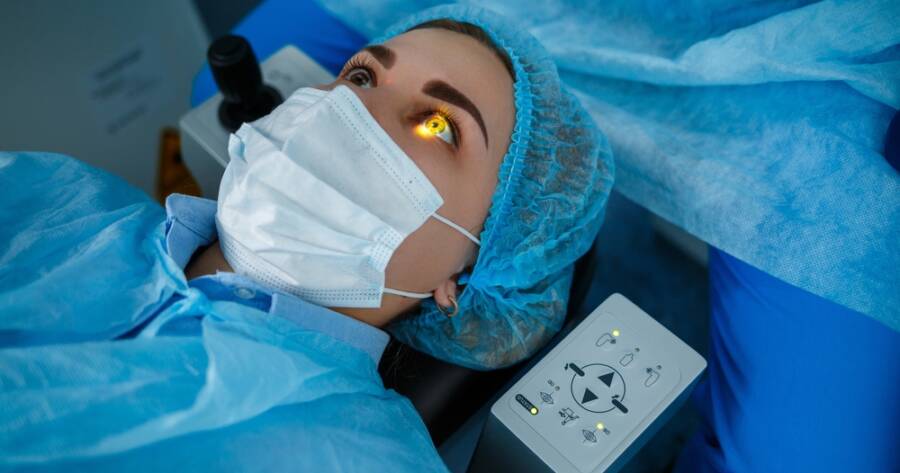Laser-assisted in situ keratomileusis (LASIK) is a popular vision correction surgery that helps people reduce or eliminate their need for glasses or contact lenses. The procedure is quick, and most patients experience significant improvements in their vision within a day. However, knowing what to expect before, during, and after LASIK can help you feel more prepared. Explore the entire process, from the initial consultation to the recovery period.
Before LASIK: Preparing for the Procedure
The first step in LASIK is a consultation with an eye surgeon. During this visit, the doctor will examine your eyes and determine if you are a good candidate for the procedure. Your eye health, prescription strength, and overall health will be evaluated. Certain conditions, such as thin corneas or severe dry eyes, may make LASIK unsuitable for you.
If you qualify for LASIK, your doctor will provide pre-surgery instructions. You will likely be asked to stop wearing contact lenses for a week or longer before the procedure. Contacts can change the shape of your cornea, and your eyes need time to return to their natural state. You may also be advised to avoid eye makeup, lotions, or perfumes on the day of surgery to reduce the risk of infection.
During the LASIK Procedure
On the day of surgery, you should arrange for someone to drive you to and from the clinic. Although LASIK is a quick and painless procedure, your vision will be blurry right after, and you should not drive yourself home.
The surgery itself typically takes less than 30 minutes for both eyes. First, numbing eye drops are applied to ensure you do not feel pain. A special tool will hold your eyelids open while a laser creates a thin flap in the cornea. This flap is gently lifted, and another laser reshapes the underlying corneal tissue. Once the correction is complete, the flap is placed back into position, where it heals naturally without stitches.
Most patients report feeling slight pressure during the surgery, but no pain. The laser reshaping process only takes a few seconds per eye, and the entire experience is over quickly. Your doctor may ask you to focus on a light to keep your eye steady during the procedure.
After LASIK: Recovery and Healing
Right after surgery, your vision will be blurry, and you may feel mild discomfort, such as itching or dryness. Your doctor will give you protective eye shields to prevent accidental rubbing and may prescribe medicated eye drops to prevent infection and reduce inflammation. It is important to rest your eyes as much as possible on the first day.
Most patients notice significant improvement in their vision within 24 hours. However, your eyes will continue to heal over the next few weeks. You should avoid strenuous activities, swimming, and direct sunlight exposure for at least a week. It is also important to attend all follow-up appointments so your doctor can monitor your healing progress.
While many people achieve perfect vision after LASIK, some may still need glasses for certain tasks, such as night driving. Your doctor will discuss realistic expectations based on your prescription and eye health.
Possible Side Effects and Risks
LASIK is considered a safe procedure, but like any surgery, it carries some risks. The most common side effects include dry eyes, glare, halos around lights, and temporary night vision issues. These symptoms usually improve within a few weeks to months as the eyes heal.
In rare cases, some patients may experience under-correction or over-correction, requiring a second procedure. Serious complications, such as infection or vision loss, are extremely rare when the surgery is performed by a qualified and experienced surgeon.
To minimize risks, it is important to choose a reputable LASIK provider with a good track record. Following all pre- and post-surgery instructions will also help ensure the best results.
Long-Term Results and Final Thoughts
For most people, LASIK provides lasting vision correction. Many patients enjoy 20/20 vision or better for years, reducing or eliminating the need for glasses. However, natural aging can still affect vision. Some people may need reading glasses later in life due to presbyopia, a normal age-related condition.
If you are considering LASIK, consulting with a trusted eye specialist is the best way to determine if it is right for you. By understanding what to expect before, during, and after the procedure, you can make an informed decision and enjoy a smooth recovery process.

